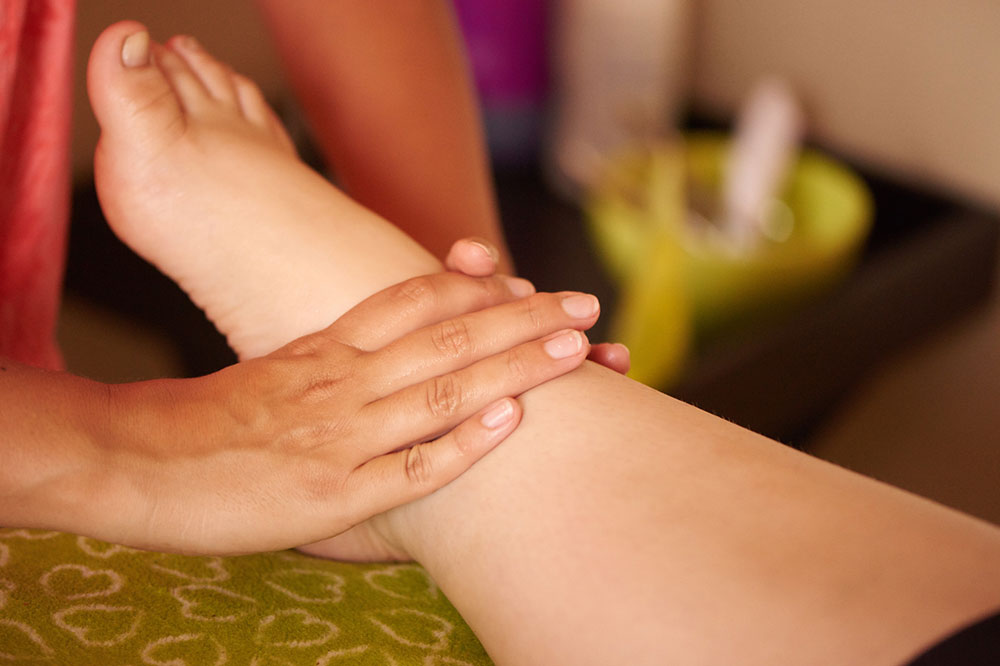
Different Types and Symptoms of DVT
Deep vein thrombosis, or DVT, is a condition that is caused due to clotting of blood inside a vein deep in the body. A blood clot is identified as a blood clump that has turned solid. Based on how long the blood clot has been present, DVT is classified into two types: acute and chronic.
Let’s learn more about these different types of DVT here.
Acute deep vein thrombosis
There are two main different types of DVT and one of them is acute DVT. These are classified on the basis of the duration of the blood clot. Sometimes blood clots can form without any warning. Once the clot is formed and has stayed around for about 14 days or less, it is categorized as acute. In such cases, since the clot has not been around for a long time, it does not get too hard or stick firmly to the vein walls. Hence, treating DVT gets easier. Often, when acute DVT is diagnosed in the early stages, a simple medication to dissolve the clot can easily treat the condition.
When it comes to identifying the signs and symptoms of any condition, in most cases, the patient is the first person to realize something is wrong. Therefore, it is important for every person to be aware of the signs and symptoms of acute DVT. They are:
- Pain in the arm or leg that has the blood clot
- Swelling in the arm or the leg that has the blood clot
In addition to the acute DVT, there is also an intermediate type known as subacute DVT. In this type of the condition, the clot has been around for anywhere between 14 and 28 days. The thrombus at this stage is comparatively harder than in the acute stage. However, it is still not as hard as it gets at the chronic stage. At this intermediate stage, the vein walls and the thrombus also start to form connections. Here the symptoms remain the same as acute DVT stage and the clots can still be cured with medications.
Chronic DVT
This is the second different type of DVT. It is the stage in which the clot has been around for more than 28 days. Here, the clot has hardened and has formed a connection with the vein walls. This will later lead to the formation of scarred tissue inside the vein. With the hardening of the clot, it also becomes smaller in size and may no longer block the vein completely. When the clot has become hard and is no longer attached to the vein walls, it is at a risk of entering the blood stream.
The symptoms at this stage will include the following:
- Pain
- Swelling
- Problems while walking
- Skin ulcerations


